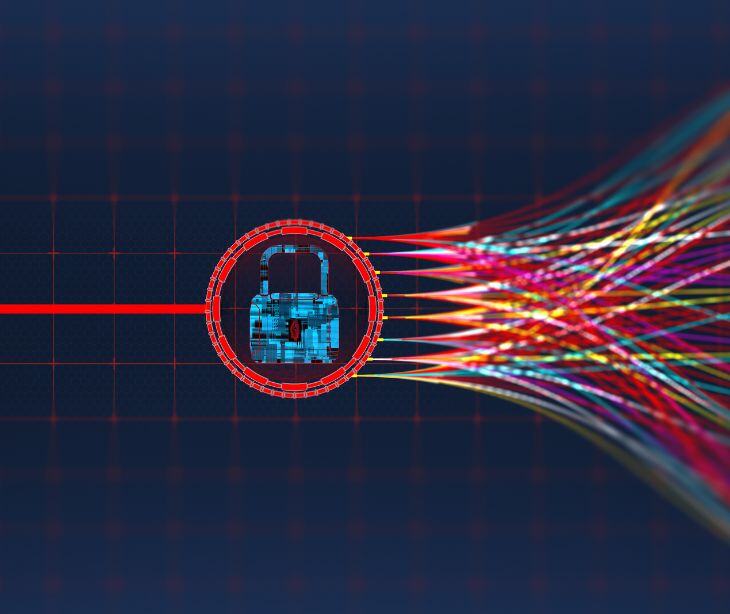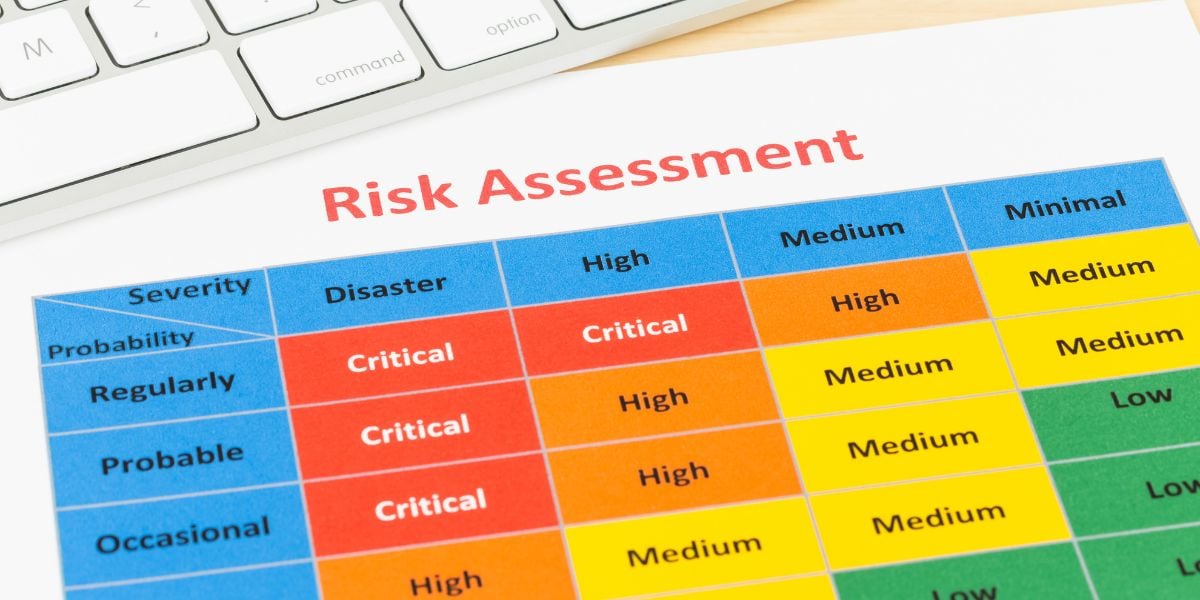
Healthcare organizations must properly dispose of protected health information (PHI) to maintain HIPAA compliance and protect patient privacy. Improper disposal of PHI can lead to data breaches, regulatory penalties, and compromised patient confidentiality.
Go deeper: The first step in HIPAA compliance
Understanding HIPAA disposal requirements
HIPAA requires covered entities and business associates to implement policies and procedures for proper disposal of PHI in any form. This includes electronic PHI (ePHI), paper records, labels, and any other materials containing patient information. The disposal methods must ensure that PHI cannot be reconstructed or accessed by unauthorized individuals.
The Information Commissioner’s Office suggests practical methods for destroying documents containing personal data that are no longer needed.
For physical documents, shredding is the most common solution, offering a quick and cost-effective method. Organizations can either use in-house shredders or employ professional shredding services that collect and destroy documents securely. When using external services, covered entities should verify the company's reputation and security practices.
Digital information requires more complex disposal procedures, as standard deletion is often insufficient. Electronic systems typically maintain backups and background storage, meaning deleted information may persist in recycle bins or background storage until it's automatically replaced or overwritten. Organizations can either use secure deletion software, which overwrites data multiple times to ensure it's unrecoverable or seek specialist IT support. These professionals can provide guidance or perform secure deletion across all systems and devices.
Implementation requirements
Organizations must develop and maintain clear policies for PHI disposal, including:
- Identifying what information requires secure disposal
- Establishing appropriate disposal procedures
- Training staff on proper disposal methods
- Documenting disposal activities
- Monitoring compliance with disposal policies
FAQs
What types of PHI require secure disposal?
All forms of PHI must be disposed of securely, including paper records, x-rays, labels, electronic devices, and any other materials containing patient information.
What documentation is required for PHI disposal?
Organizations should maintain records of disposal activities, including dates, methods used, and types of PHI disposed of. This documentation helps demonstrate HIPAA compliance.
What are the consequences of improper disposal?
Improper disposal can result in breaches and HIPAA violations, leading to fines, corrective action plans, and potential criminal penalties.
Subscribe to Paubox Weekly
Every Friday we'll bring you the most important news from Paubox. Our aim is to make you smarter, faster.




